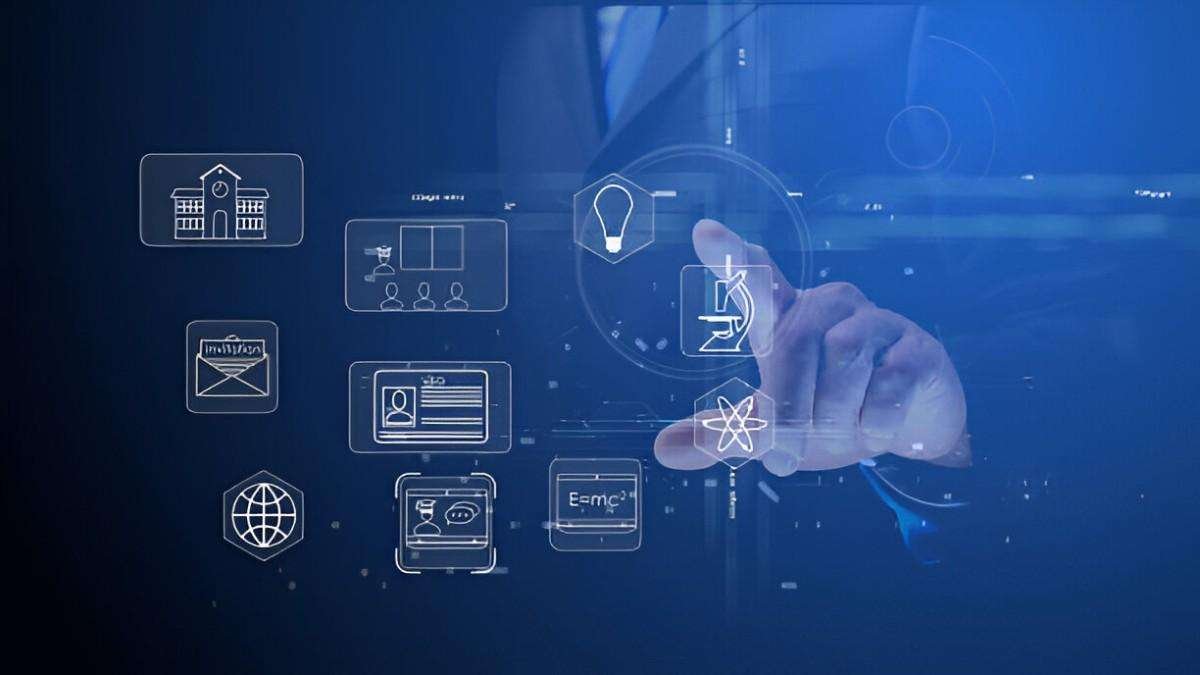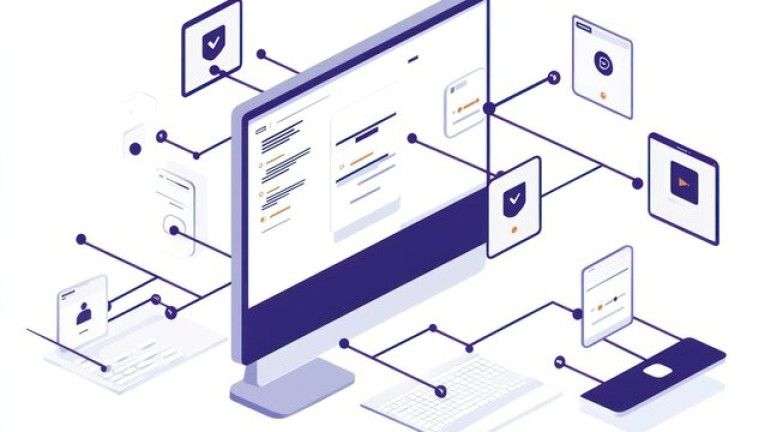Blockchain is changing how we handle information. In academia, where integrity and verification are critical, blockchain introduces a new way to store, share, and validate research, credentials, and publications. I explore how blockchain affects academia, comparing traditional systems with blockchain-based alternatives. I also examine challenges and propose practical implementations.
Table of Contents
Understanding the Basics of Blockchain in Academia
A blockchain is a decentralized ledger that records transactions across multiple computers. Each record, or block, is linked to the previous one, ensuring transparency and immutability. In academia, blockchain can solve problems like credential fraud, research integrity, and intellectual property protection.
Traditional Academic Record Keeping vs. Blockchain-Based Systems
| Feature | Traditional System | Blockchain-Based System |
|---|---|---|
| Data Storage | Centralized databases | Decentralized ledger |
| Verification | Manual checks, prone to errors | Automated, tamper-proof |
| Security | Vulnerable to hacks | Cryptographically secure |
| Accessibility | Controlled by institutions | Universally accessible |
| Fraud Prevention | Difficult to verify authenticity | Transparent and immutable |
Traditional academic records rely on universities and centralized institutions. Blockchain removes intermediaries, allowing students, researchers, and employers to verify credentials instantly. A university degree recorded on the blockchain remains secure, preventing forgery and ensuring authenticity.
How Blockchain Improves Academic Publishing
Publishing academic papers involves submission, peer review, and dissemination. This process is time-consuming and controlled by a few major publishers. Blockchain offers an alternative where research is timestamped and stored securely, proving authorship without intermediaries.
Consider a scenario where a researcher publishes findings on a blockchain. Each version of the paper is recorded, and peer reviews are transparent. This prevents plagiarism and ensures that credit goes to the original author. Below is a comparison of traditional and blockchain-based academic publishing:
| Feature | Traditional Academic Publishing | Blockchain-Based Publishing |
|---|---|---|
| Peer Review | Controlled by publishers | Decentralized, transparent |
| Access to Research | Paywalled | Open-access |
| Publication Speed | Slow | Faster |
| Plagiarism Protection | Manual detection | Automated timestamping |
Verifiable Credentials: The End of Fake Degrees
Credential fraud is a growing issue. Fake degrees undermine trust in academic qualifications. Blockchain allows universities to issue digital diplomas stored on a public ledger, making verification instant.
For example, a student graduates from a university that issues blockchain-based degrees. An employer can scan a QR code linked to the blockchain and verify the degree in seconds. This removes the need for manual background checks.
Intellectual Property Protection for Researchers
Researchers often struggle with proving ownership of ideas. Blockchain timestamps discoveries, providing immutable proof of intellectual property rights. Consider the case of a scientist who develops a new drug formulation. By recording each stage of research on the blockchain, they establish an irrefutable timeline of ownership.
Challenges in Implementing Blockchain in Academia
| Challenge | Description | Potential Solution |
|---|---|---|
| Adoption Resistance | Universities hesitant to switch systems | Gradual integration with legacy systems |
| Scalability | High transaction costs, slow speed | Layer-2 solutions, optimized networks |
| Legal Issues | Unclear regulations, privacy concerns | Regulatory frameworks, compliance |
| Technical Expertise | Lack of skilled blockchain developers | Training programs, partnerships |
While blockchain offers numerous advantages, adoption requires overcoming technical and regulatory hurdles. Universities need scalable, compliant solutions before transitioning fully.
Cost Analysis of Blockchain Implementation
Implementing blockchain requires investment. Below is a cost comparison between traditional and blockchain-based record-keeping over a 10-year period for a university with 100,000 students.
| Expense Category | Traditional System (USD) | Blockchain System (USD) |
|---|---|---|
| Infrastructure | $2,000,000 | $1,500,000 |
| Security Maintenance | $500,000 | $100,000 |
| Staff Salaries | $3,000,000 | $1,500,000 |
| Verification Costs | $1,000,000 | $50,000 |
| Total (10 Years) | $6,500,000 | $3,150,000 |
Universities can save significantly by switching to blockchain-based verification systems.
The Future of Blockchain in Academia
Blockchain adoption is growing. Institutions like MIT and Harvard have experimented with blockchain-based diplomas. Future applications may include:
- Decentralized Learning Records: Students own their academic data and transfer it seamlessly between institutions.
- Smart Contracts for Research Grants: Automating grant distribution based on predefined milestones.
- Global Credential Verification: Standardized blockchain-based credentials accessible worldwide.
Final Thoughts
Blockchain has the potential to revolutionize academia. From verifiable credentials to fraud-proof publishing, the benefits are clear. Universities must address adoption challenges and regulatory concerns to harness blockchain’s full potential. As technology advances, I see blockchain becoming a cornerstone of academic integrity.





